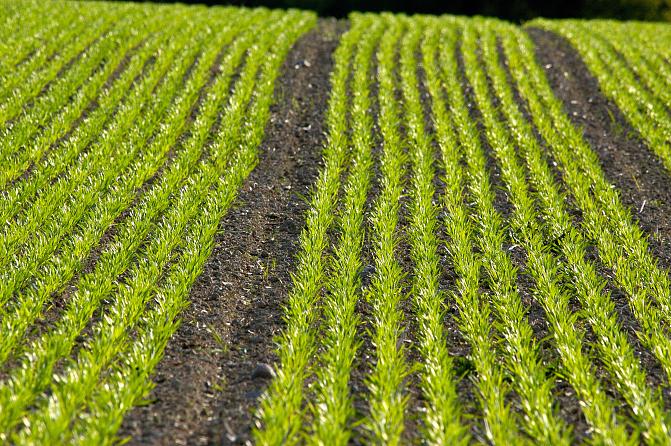
Accommodation fields ease conflicts between farmers and barnacle goose conservation
On this page
The number of resting barnacle geese in Finland has increased significantly during recent years. Geese foraging on fields cause damage to crops, and at the worst, costs of millions of euros to farmers and society. The barnacle goose is protected by the Nature Conservation Act, which restricts management options for preventing damage.
Accommodation fields are used to direct geese away from crop-producing fields
The two-year project (2021–2022) develops collaborative, adaptive, and open approaches to diversify tools for Finnish environmental policy, reduce crop damages, and mitigate the economic and social harm caused by barnacle goose conservation. The accommodation fields were established in collaboration with farmers to provide feeding and resting areas for geese. To achieve reciprocity, no-go fields for geese were agreed with farmers, and repelling from these areas was done by goose shepherds.
The experiment was considered successful, since the foraging of geese clustered in the accommodation fields. The repelling of geese is laborious, but it is estimated that the benefit is higher than the cost.
The attitudes of farmers have become more positive
Based on an initial survey, farmers had doubts about the use of goose accommodation fields. However, the cooperation and positive experiences have changed attitudes towards accommodation fields, and the solution is now being established in other areas. The project studied the efficiency of different repelling methods and the results have significance for farmers and local and national authorities.
During the project, farmers felt that the government is taking their concerns more seriously, which has a great impact on their willingness to accept the barnacle goose conservation measures. They previously felt that they had been left without any support by society, which caused anger towards decision makers, conservationists and barnacle geese.
“The experiment has got off to a good start and the cooperation with Natural Resources Institute Finland (Luke) has been going well. The geese have spent time on accommodation fields, and the agricultural fields have been kept quite clean, as intended, meaning we have achieved our target”, says a farmer who participated in the experiment.
Goose accommodation fields reconcile the interests of nature conservation and industrial policy
Barnacle geese cause tensions between administrative sectors and different stakeholder groups. Luke has promoted a conciliatory approach in the project. The researchers have created trust by meeting different actors, which has strengthened the collaboration and increased the chance of success.
The goose field project successfully identified the challenges in different levels of management and reconciled nature conservation and industrial policies. The barnacle goose has a status of protected waterbird in Europe and similar solutions will be needed. Thus, this kind of accommodation field could be applied along the European migratory routes of barnacle goose in the future.
The project is a cooperation between Luke, the Ministry of the Environment, Centre for Economic Development, Transport, and the Environment North Karelia, and several farmers in Kitee and Tohmajärvi. The project is funded by the Ministry of the Environment.


